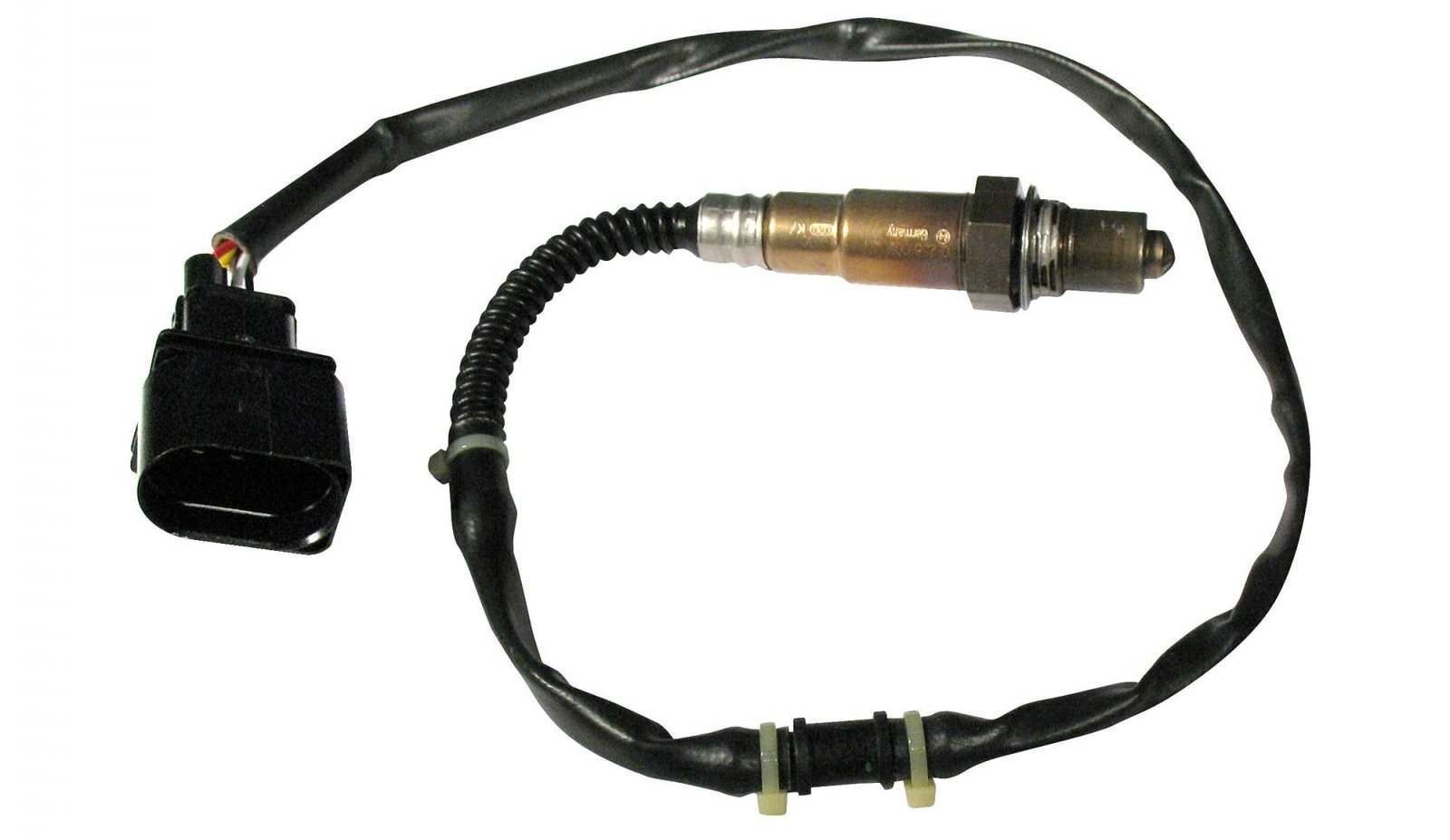Engine Sensors

Function of Engine Sensors
Modern engines are equipped with a multitude of electronic sensors that continuously measure various operating parameters. This information is transmitted to the Engine Control Unit (ECU), which uses it to optimize combustion, reduce pollutant emissions, improve performance, and ensure engine protection.
Common sensors include:
- Lambda Sensor (Oxygen Sensor): Measures the amount of oxygen in the exhaust gases to adjust the air-fuel mixture.
- Coolant Temperature Sensor: Informs the ECU of the engine temperature.
- Intake Air Temperature Sensor: Measures the temperature of the air entering the engine.
- Manifold Absolute Pressure (MAP) Sensor: Measures the pressure in the intake manifold.
- Crankshaft and Camshaft Position Sensors: Allow the ECU to know the exact position of pistons and valves.
- Knock Sensor: Detects abnormal combustion (knocking).
- Oil Pressure Sensor: Monitors engine oil pressure.
Maintenance and Wear Signs of Engine Sensors
Sensors are electronic components that can fail over time or be affected by harsh operating conditions.
Maintenance Tips:
- Regular engine maintenance (spark plugs, filters, oil) contributes to the proper functioning of sensors.
- Avoid high-pressure engine cleaning that could damage electrical connectors.
Common Failure Signs (vary by sensor):
- Check Engine Light On: Often the first indicator of a sensor problem. Electronic diagnosis is necessary to identify the faulty sensor.
- Increased fuel consumption: If the lambda sensor or other sensors related to mixture management are faulty.
- Loss of power, misfires, unstable idling.
- Starting difficulties.
- Excessive pollutant emissions (may cause failure at technical inspection).
- Abnormal engine behavior: Overheating, knocking, etc.
Replacing a faulty engine sensor is important to restore optimal performance, reduce consumption and emissions, and prevent potential damage to other components. Konipa offers a selection of engine sensors for various applications.
